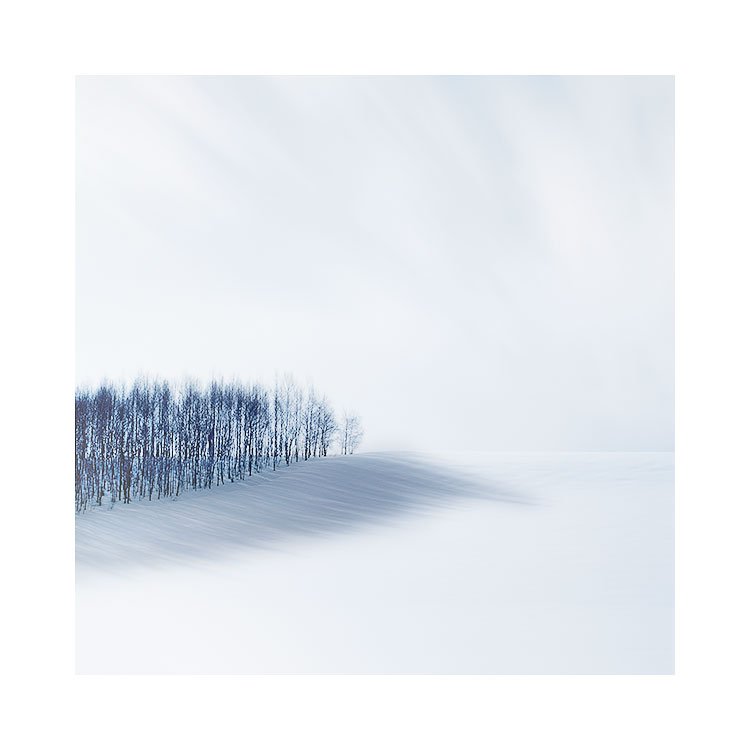It is my view, that the majority of the world has not been photographed (there is still much to do), and for those few places that have been photographed, they have, for the most part, not been photographed to their full potential.
So when someone tells me ‘Iceland has been done’, or ‘Yosemite has been done’, or even for that matter ‘Venice has been done’, I think they are missing the point.
These places may have been photographed a lot, but have they been photographed to their full potential? I think not. Do we see individuality in the majority of the photos of these known places? I do not think so.
I write this with the positive view that there is always a new take on some place, and to assume that all the best places in the world have now been photographed simply isn’t true (consider that most photographs happen within 200 feet of a car, then you can appreciate that we’ve only really scratched the surface).
And that is where I think we are at now. Perhaps doing something ‘new’ in a tried and tested place is to set the bar too high (it would be quite an achievement to show a view that others have not seen).
But this should not deter us from at least attempting to produce the best work we can. Because if we try to be as good as we can be, we may hopefully be able to impart a sense of our own identity upon the work we produce.
Even if it’s just a tiny bit.




















































